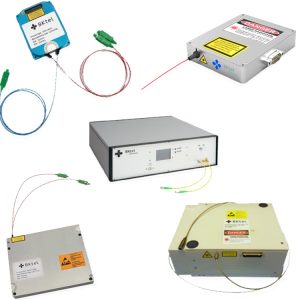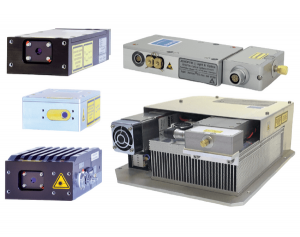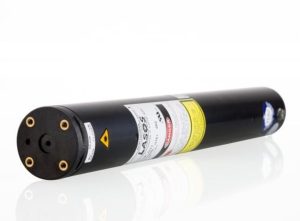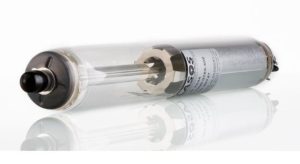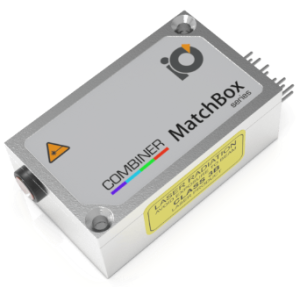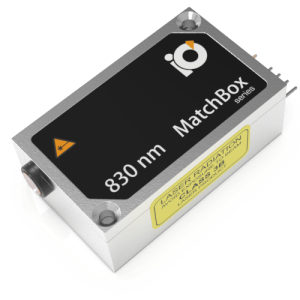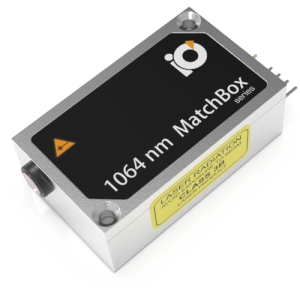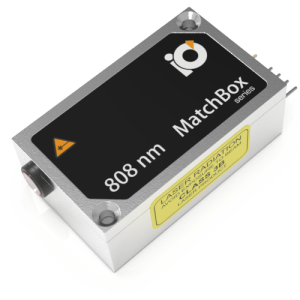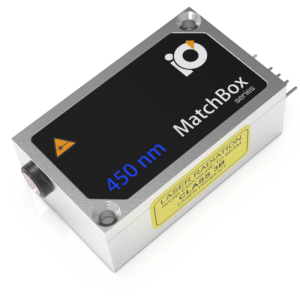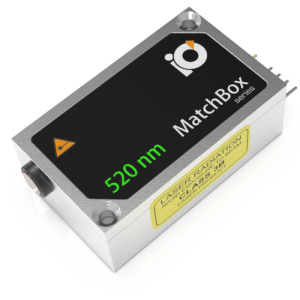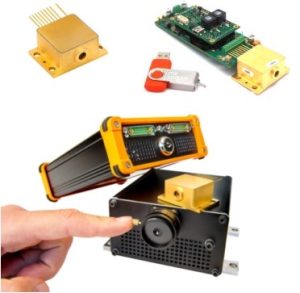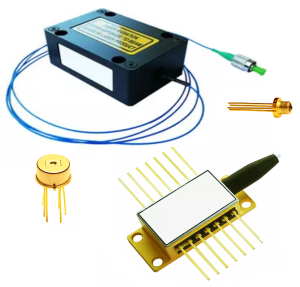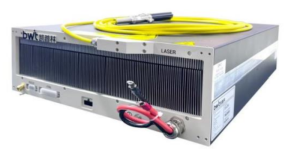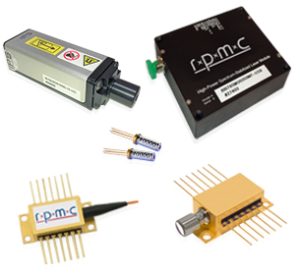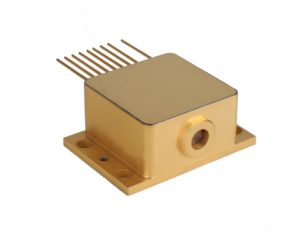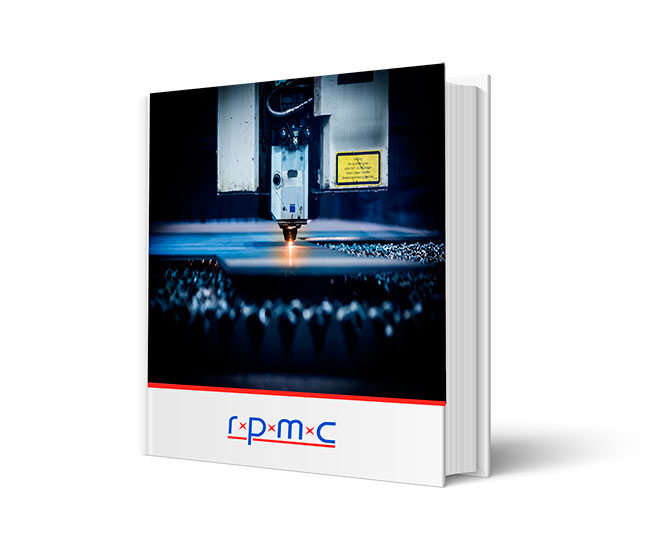The Continuous Wave (CW) Lasers We Offer:
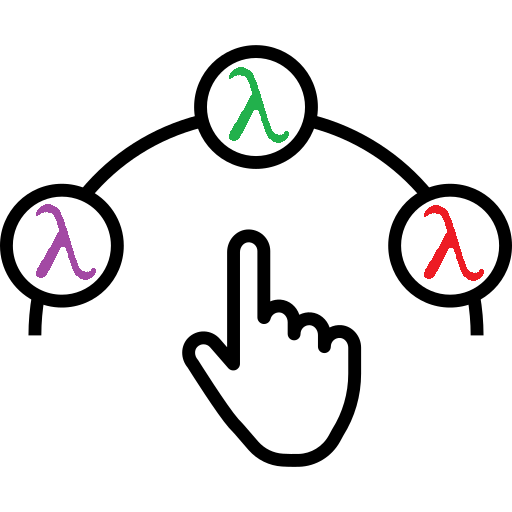
Extensive Wavelength Selection – Direct Diode & Diode-Pumped Solutions:
-
- Huge selection from UV-LWIR with free-space or fiber-coupled output
- Fully integrated, single-unit, OEM & plug-n-play diode & DPSS modules
- Ultra-compact, rugged options for portable & handheld applications
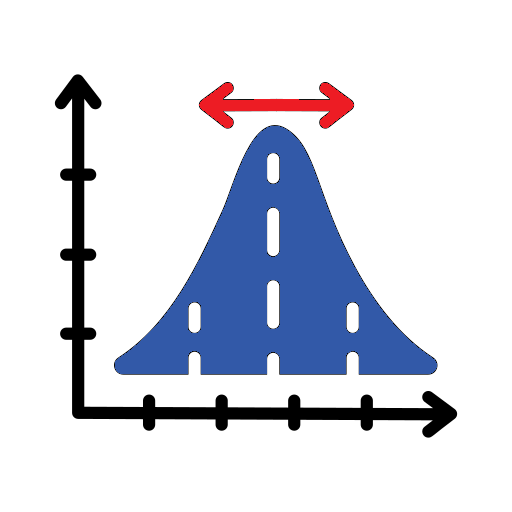
Diverse Range of Single Mode, multimode, and SLM Configurations:
-
- Single-frequency lasers, DFB / VBG wavelength-stabilized laser diodes
- Single mode, low noise, high beam quality & spectral purity
- Multimode options for high-power output and much more
Single Wavelength & Combiner Solutions with Up to 4 Individual Beams:
-
- Single units & flexible multi-wavelength combiners with tons of options
- Multiple UV-NIR options of your choice w/ fiber coupling & beam shaping options
- Ultra-compact, portable & USB-powered to advanced lab-grade configurations
For nearly 30 years, RPMC Lasers has provided cutting-edge CW lasers and LD modules for Biophotonics, Research, Life Science, Medical, and Industrial manufacturing. We offer both standard and Custom CW Laser Solutions, tailored to your needs.
Our diverse range includes Single Mode Modules, DPSS Lasers, HeNe Gas Lasers, Fiber Lasers, and Multi-Wavelength Combiners, available in UV, Violet, Blue, Green, Yellow, Orange, Red, NIR, SWIR, MWIR, and LWIR wavelengths, with options for narrow linewidths, broadband output, low noise, high stability, OEM or plug-n-play configurations, and free space or fiber-coupled output.
Whether you need a fully integrated single-unit module or an ultra-compact Multi-Wavelength Combiner, our lasers—available in direct diode and diode-pumped configurations—are designed for precision and efficiency. With SLM configurations and the ability to combine up to four individual wavelengths, we ensure flexibility for your application. At RPMC, we’re your partner, guiding you from selection to operation for long-term success.

 BUY NOW
BUY NOW 

